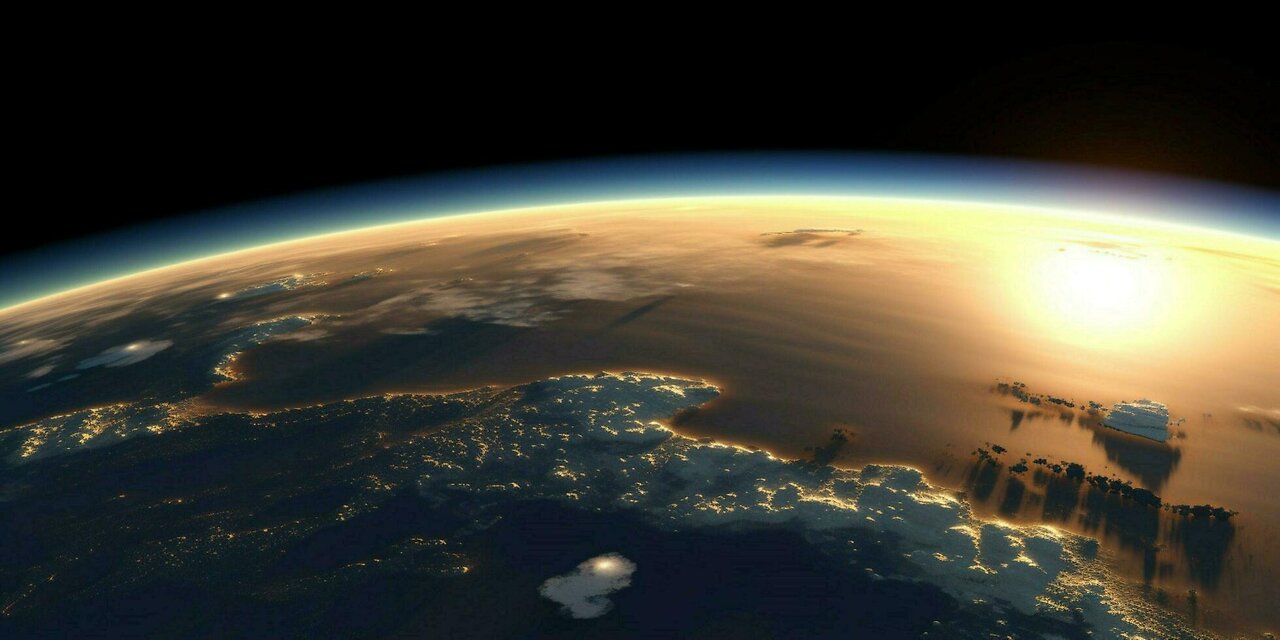Premium Only Content

4K earth views
The outer environment of Earth refers to the space beyond our planet's atmosphere, commonly known as outer space. This region is vast and contains various celestial objects, such as stars, planets, moons, asteroids, comets, and galaxies. Here are some key points about the outer environment of Earth:
Space Environment: Outer space is a near-perfect vacuum, meaning it has very low pressure and density. There's almost no air or matter present, which makes it fundamentally different from the atmosphere of Earth.
Cosmic Bodies: The outer environment of Earth is home to a wide array of celestial bodies. These include stars like our Sun, planets in our solar system (such as Mercury, Venus, Mars, Jupiter, Saturn, Uranus, and Neptune), their moons, asteroids, comets, and more.
Galaxies: Galaxies are massive systems of stars, gas, dust, and dark matter that exist in space. The Milky Way is the galaxy that contains our solar system.
Empty Space: Despite the presence of various celestial bodies, space is primarily empty. The distances between objects can be vast, and most of space consists of nothingness.
Microgravity: In the absence of a significant gravitational force, as experienced in space, objects and astronauts are in a state of microgravity. This state allows for unique scientific experiments and studies.
Cosmic Radiation: Space beyond Earth's atmosphere is exposed to cosmic radiation, which consists of high-energy particles coming from various sources, including the Sun and distant stars. This radiation can pose a challenge for human space travel and equipment.
International Space Station (ISS): The ISS is a habitable space station that orbits Earth. It serves as a research laboratory for scientific experiments in various fields, including astronomy, biology, physics, and more.
Space Exploration: Human exploration of outer space has led to significant advancements in understanding the universe and our place within it. Space missions and telescopes have allowed us to study distant planets, stars, and galaxies.
Challenges of Space Travel: Space travel poses numerous challenges due to the harsh conditions, radiation, vacuum, and microgravity. Protecting astronauts and equipment from these challenges is a critical aspect of space exploration.
Scientific Discoveries: Studying the outer environment of Earth has led to groundbreaking discoveries, such as the understanding of the Big Bang theory, the formation of galaxies, the search for extraterrestrial life, and more.
Overall, the outer environment of Earth is a fascinating and complex region that has captivated the imagination of scientists, researchers, and space enthusiasts for generations. It continues to be a frontier of exploration and discovery, expanding our knowledge of the universe beyond our planet.
-
 8:09:50
8:09:50
Dr Disrespect
9 hours ago🔴LIVE - DR DISRESPECT - MARVEL RIVALS - GOLD VANGUARD
154K29 -
 1:15:00
1:15:00
Awaken With JP
8 hours agoMerry Christmas NOT Happy Holidays! Special - LIES Ep 71
114K102 -
 1:42:21
1:42:21
The Quartering
10 hours agoTrump To INVADE Mexico, Take Back Panama Canal Too! NYC Human Torch & Matt Gaetz Report Drops!
98.9K89 -
 2:23:15
2:23:15
Nerdrotic
9 hours ago $10.81 earnedA Very Merry Christmas | FNT Square Up - Nerdrotic Nooner 453
77K7 -
 1:14:05
1:14:05
Tucker Carlson
9 hours ago“I’ll Win With or Without You,” Teamsters Union President Reveals Kamala Harris’s Famous Last Words
161K316 -
 1:58:31
1:58:31
The Dilley Show
9 hours ago $31.79 earnedTrump Conquering Western Hemisphere? w/Author Brenden Dilley 12/23/2024
131K33 -
 1:09:59
1:09:59
Geeks + Gamers
10 hours agoSonic 3 DESTROYS Mufasa And Disney, Naughty Dog Actress SLAMS Gamers Over Intergalactic
88.3K20 -
 51:59
51:59
The Dan Bongino Show
11 hours agoDemocrat Donor Admits The Scary Truth (Ep. 2393) - 12/23/2024
831K2.73K -
 2:32:15
2:32:15
Matt Kohrs
22 hours agoRumble CEO Chris Pavlovski Talks $775M Tether Partnership || The MK Show
125K31 -
 28:23
28:23
Dave Portnoy
22 hours agoDavey Day Trader Presented by Kraken - December 23, 2024
157K43